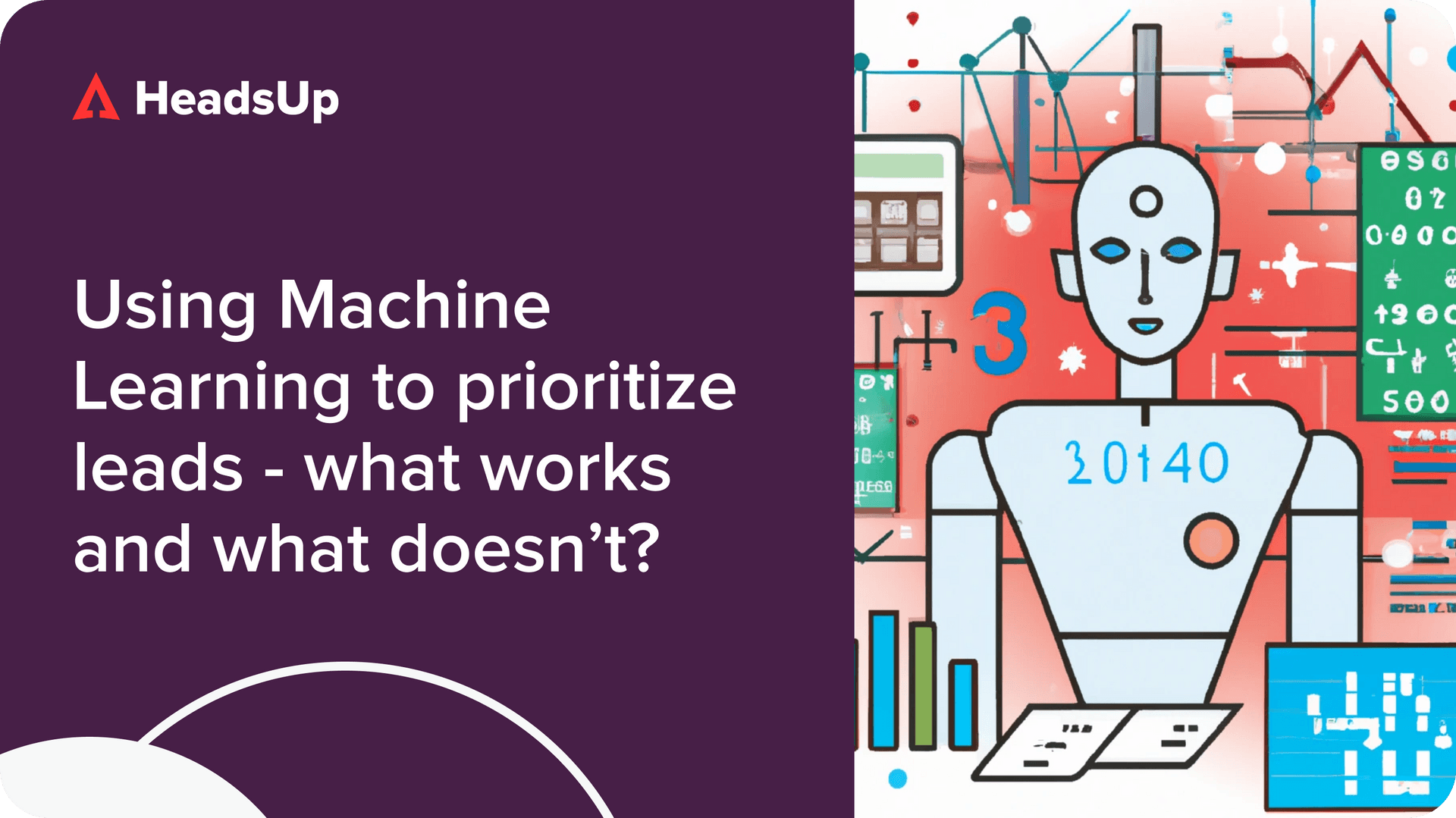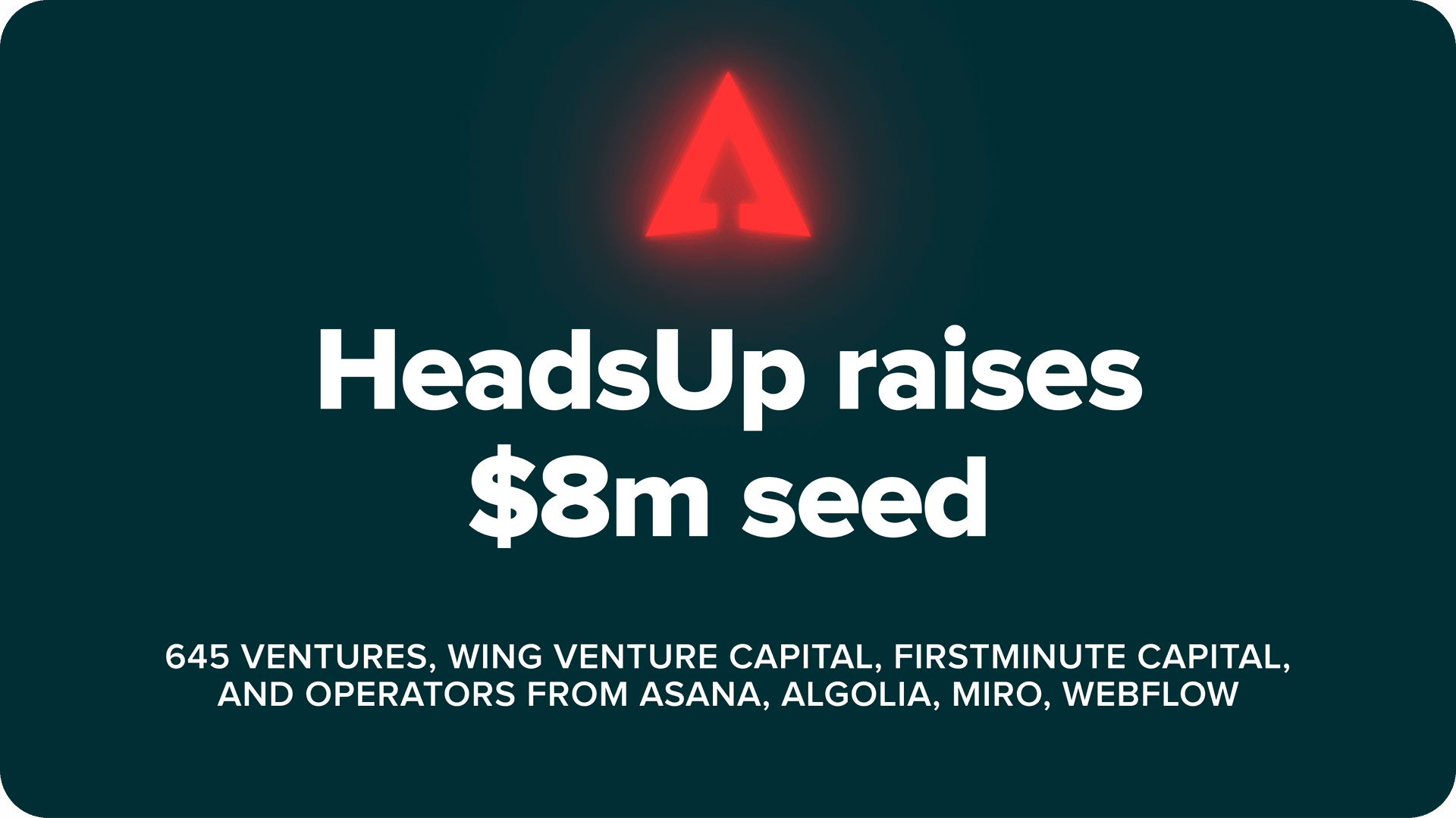Your PLG company is going after a large enterprise customer, and they send you an RFP.
Do you say yes, and commit heavy resources for a small chance at winning this mammoth deal? Or decline, and attempt to funnel them through your usual PLG sales process?
On a recent episode of the Product Led Sales podcast, we spoke to Rohan Bairat – SVP of Sales, Customer Success and Professional Services at payment orchestration platform Spreedly – who finds himself in this situation all the time.
Here’s what he says to the customer.
“Instead of doing the RFP, can we write you a check for $30,000?”
“…What do you mean? You will write us a check??”
Then Rohan walks them through the logic. “We’ll end up spending $50,000 or $100,000 designing this RFP anyway, so instead, why don’t we jointly establish a working prototype in the next three weeks?” That way, the enterprise customer gets on board Spreedly’s PLG train.
Not all of Spreedly’s customers are offered this option though. In many cases, the company walks away from potential clients entirely. When you say no to unsuitable proposal requests and streamline your sales process, you save resources while increasing your win rates, Rohan advises.
Here are his tips for dealing with RFPs as a PLG company.
Develop your own selection criteria for accepting RFPs
Base your selection criteria on how likely you are to win the deal—mainly by finding out how invested the customer is in your product.
Here are some questions Rohan typically asks to gauge commitment:
- Have you worked with any of our competitors or consulting organizations to drive this RFP? Or is it completely internal?
- If you’ve been working with a partner, how do we make it fair and equitable for both sides?
- How much time have you given our competitor, and are you going to allocate us a similar amount of time? Do we get the same level of executive touchpoints?
- If we go with the RFP process, are you willing to jointly invest in and establish a working prototype together?
“If you’re not writing the RFP, somebody else has written it for you. And if you’re not the one engaging in the initial sales cycle, it’s an uphill battle for you to go ahead and win that in the RFP,” Rohan explains. “So that’s the biggest thing we look out for in an RFP.”
Steer your clients towards a product-led motion
Pushing your enterprise customers to experience the capabilities of your product on their own through some level of self-service will help you shorten the sales cycle while increasing your win rate, Rohan says.
To do so successfully, make it truly frictionless for your customers to sign up and start using your product.
“We spend a lot of time thinking about very specific details of customer experiences step-by-step,” Rohan highlights. That includes breaking Spreedly’s customer base into different segments, where each segment has a persona with a specific set of requirements.
“For example, if it’s a developer who wants to test the product and drive a recommendation to his manager. What does that experience look like for the developer? Once they come to our website, how many steps do they need to take? Are we providing the right information at the right time? At what point do they need to talk to someone because they’re stuck?”
On top of a seamless customer experience, coaching your frontline salespeople so they can clearly expound on the value proposition behind the product-led motion is essential, Rohan adds. “That value proposition has to be clear and aligned with your customer’s goals.”
Be committed and creative in rejecting unsuitable RFPs
If a customer fails your selection criteria and is adamant about the RFP process, be disciplined enough to lose the deal, Rohan says.
The alternative is worse: a “neither here nor there” scenario in which your company ends up investing too much in top-down sales without justifiable returns, and too little in your product and product-led motion.
Rohan’s suggestion? Work out your desired proportion of bottoms-up versus top-down sales; for instance, 70-30. Develop and enforce your selection criteria. But don’t be overly rigid about it: you can always come up with creative solutions for your clients, just like Spreedly’s $30,000 check.
For more advice from top PLG go-to-market leaders, check out the Product Led Sales blog

